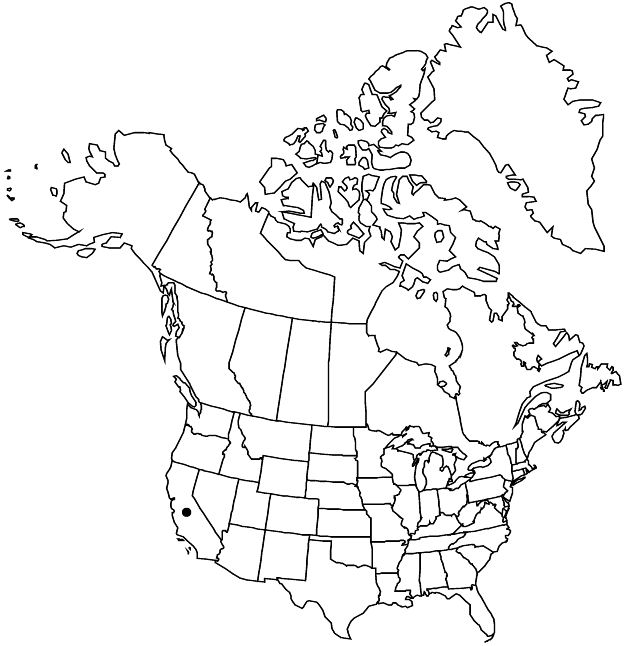Difference between revisions of "Horkelia californica var. elata"
Novon 17: 318. 2007.
imported>Volume Importer |
imported>Volume Importer |
||
| Line 69: | Line 69: | ||
|publication year=2007 | |publication year=2007 | ||
|special status=Endemic | |special status=Endemic | ||
| − | |source xml=https:// | + | |source xml=https://bitbucket.org/aafc-mbb/fna-data-curation/src/2e0870ddd59836b60bcf96646a41e87ea5a5943a/coarse_grained_fna_xml/V9/V9_405.xml |
|subfamily=Rosaceae subfam. Rosoideae | |subfamily=Rosaceae subfam. Rosoideae | ||
|tribe=Rosaceae tribe Potentilleae | |tribe=Rosaceae tribe Potentilleae | ||
Latest revision as of 22:56, 5 November 2020
Basal leaves (5–)10–25 cm; sheathing bases usually glabrous, sometimes sparsely strigose; lateral leaflets (5–)7–9 per side, ovate to round, 5–30 mm, cleft 1/2–3/4+ to midrib, ultimate teeth 10–30; terminal leaflet 10–40 mm. Flowers: epicalyx bractlets usually entire; hypanthium interior glabrous; sepals not red-mottled adaxially; filaments 0.5–1.5 × 0.2–0.5 mm; carpels 50–100; styles 2–3 mm. 2n = 28.
Phenology: Flowering summer.
Habitat: Meadow edges, along streams, in chaparral
Elevation: 50–1600 m
Discussion
Variety elata occurs away from the immediate coast in the northern coastal ranges (Contra Costa to Humboldt counties), western foothills of the Sierra Nevada (Butte to Tulare counties), and disjunctly in the San Bernardino Mountains. At its most distinctive, the variety is represented by relatively delicate plants with finely divided leaflets at higher elevations in the North Coast ranges. Populations in the Sierran foothills, including the type of Potentilla elata var. dissita, tend to be relatively coarse and densely villous. Intermediates with var. californica exist in interior mid elevation sites, including Mount Diablo in Contra Costa County and the type locality of Horkelia glandulosa Eastwood in Mendocino County.
Selected References
None.
